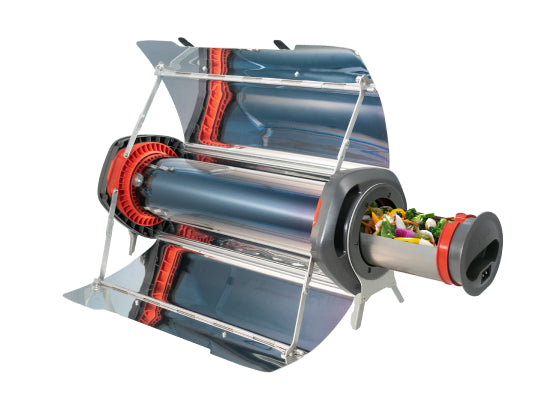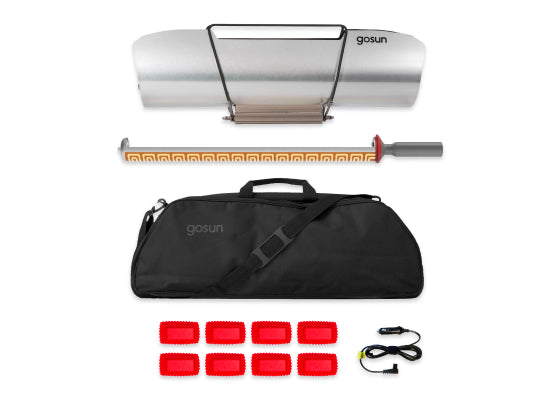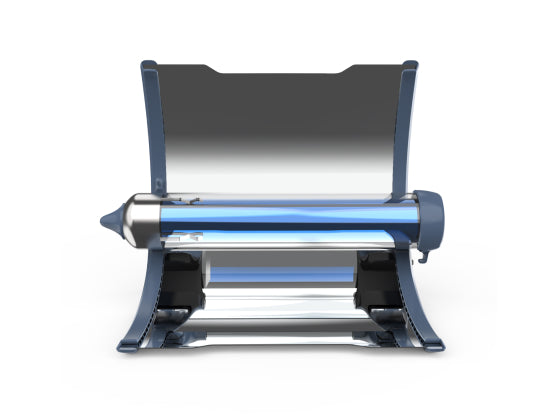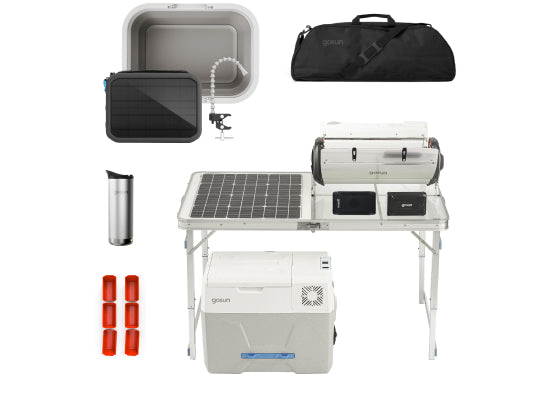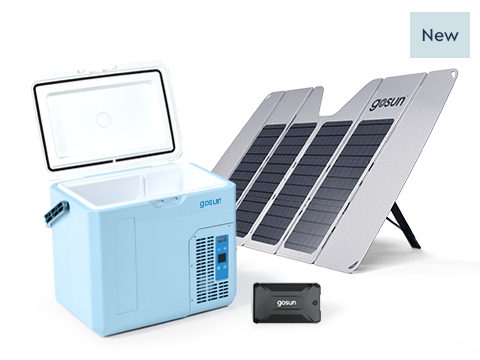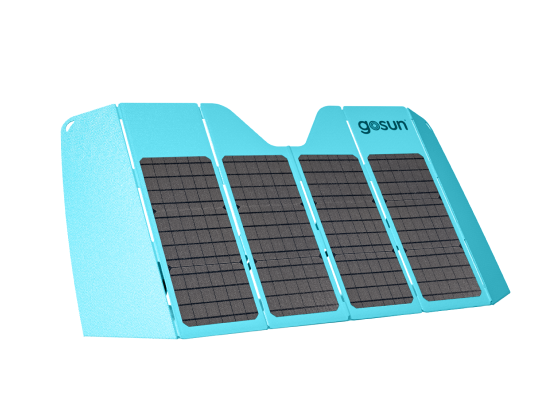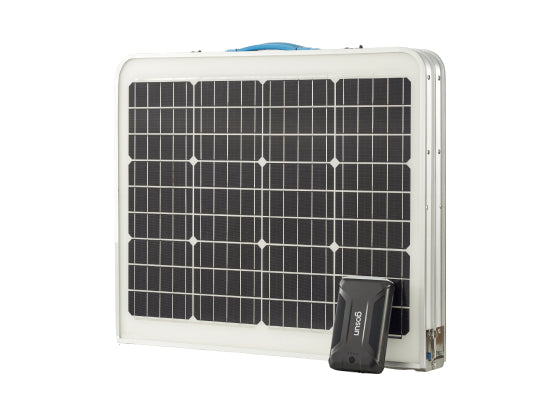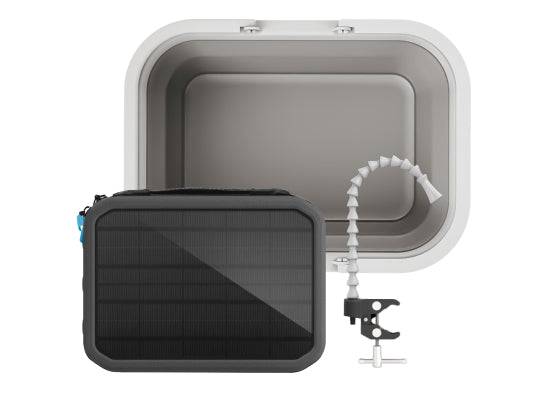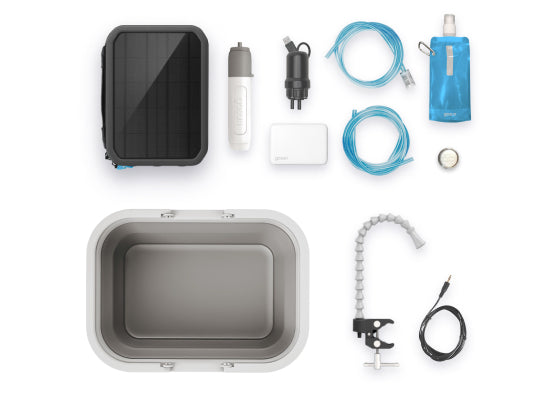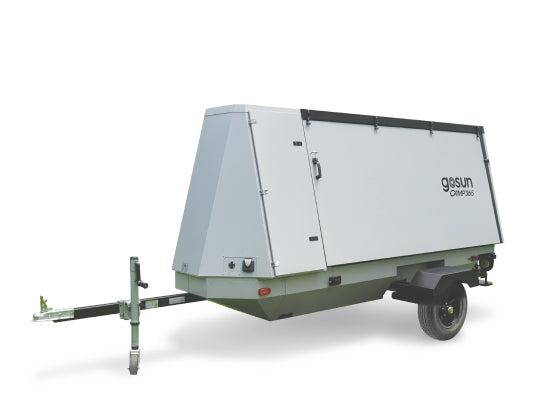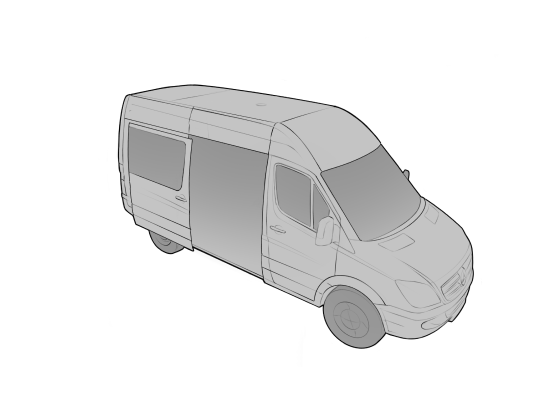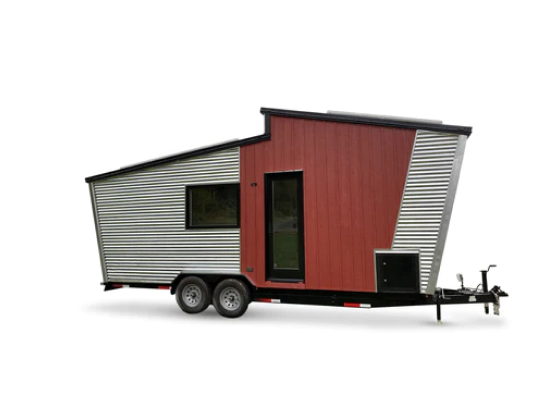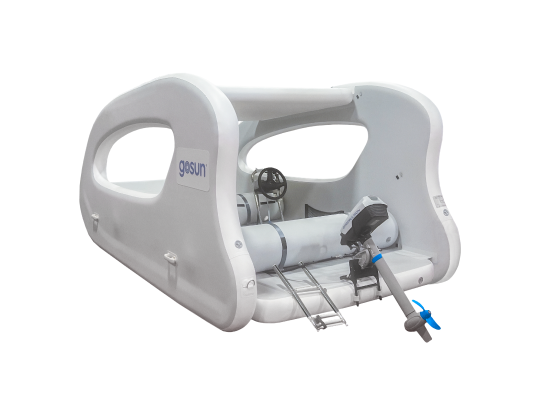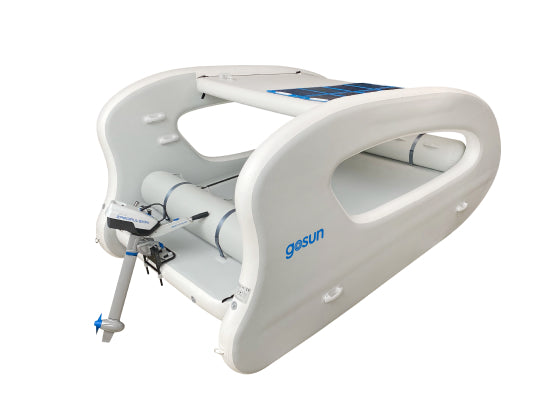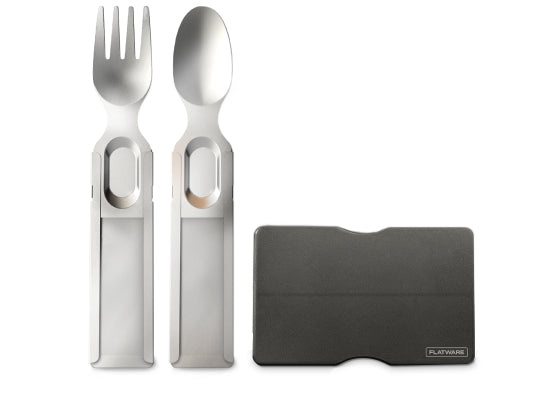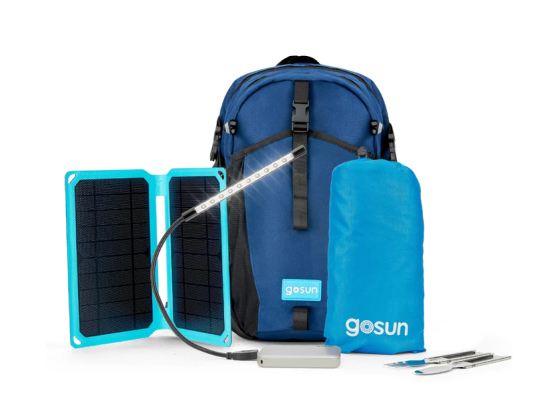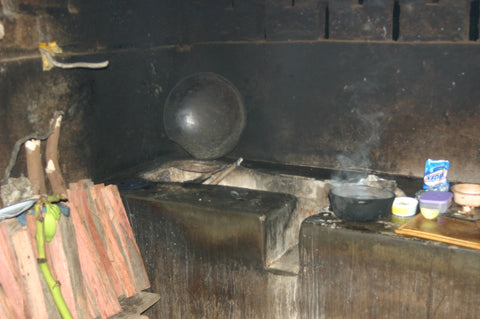A solar stove is based on ground-breaking technology that is unique in its ability to turn the energy of sunlight into heat, unlike any other technology that humans have developed. Traditional stoves, in contrast, capture heat by using the hydrocarbon, the fossilized remains of carbohydrates.
In this article, we will explain the advantages of a solar stove over traditional stoves and delve into the relationship between humanity and energy consumption, and what it means for environmental sustainability.
How Do We Make Sense of Energy?
Energy is all around us, however, the challenge we have is in capturing it. Plants have evolved to capture and convert solar energy to create carbohydrates, which have been our primary energy source, even during the fossil fuel era. Although to understand how these energy sources build societies, one must understand the concept of “Energy Returned on Energy Invested” or EROEI. Many things create energy, however, in order for it to power our lives it must have a net yield for the time and energy put into it. Some say it should have a minimum EROEI of 3:1 to be worth developing. For example, petroleum when first discovered had an EROEI as high as 200:1, but has now dropped to as low as 2-4:1 with Canadian tar sands oil. Quantifying this EROEI can be challenging as there are many factors that can go into the development of an energy source and drawing a boundary around its inputs can be complicated. Nonetheless, it gives us a good starting point to understand energy and the contribution GoSun is making to the future of energy. Fortunately, GoSun's estimated EROEI runs between 6-7.5:1
Kitchen in an Off Grid Home, still limited by fossil fuel powered propane stoves – B. Trauth
Non Fossil Fuel Powered Types of Cooking Heat and How They Compare to a Solar Stove:
Creating a Green Tech Future for Cooking
There are many great non-fossil fuel powered sources of heat. Each one is the best form of energy for a particular situation, but they also each have their limitations. The following examines each and looks at where they each make sense to implement based on those limits and opportunities and how a solar stove would be a better alternative.
What are the challenges of wood heat?

A camel caravan delivering wood to markets in Rajasthan India – B. Trauth
Biomass has been our primary source of heat for cooking for millennia and played a critical role in the advancement of humanity. This source of energy can be sustainable if the consumption rates and management match the climate and thus productivity of the forest. The three types of climates that determine this are oceanic created rainfall, high mountain created rainfall and forest created rainfall. Each one of these types of rainfall will drop if deforestation occurs, of which forest created rainfall suffers the most if not fueled by ocean moisture or high mountains. Forests basically serve as a sponge, slowing evaporation and stabilizing the hydrological cycle. So without high mountain or oceanic fueled rainfall an ecosystem becomes what’s known as brittle or a likelihood to decline from bad management. Unfortunately, proper management has not been the case in most places over the last several millenia, which has resulted in loss of productivity within the local ecosystem and desertification in many places. When rainfall diminishes the biomass production drops and thus productivity within a biomass dependent culture. This can result in stressed populations creating a domino effect within stabile populations.
A Rocket technology based Stove in the jungles of Nicaragua – B. Trauth
Of course the major challenge of cooking with wood is the amount of time required to access the resource, start the fire and maintain it. It also presents many challenges due to smoke inhalation, such as eye cataracts and lung problems. This is enhanced in wetter climates as wetter wood creates more smoke. Rocket stove technology addresses these shortcomings while also increasing efficiency, which is great. Unfortunately population stress and poor education about forestry management based on the ecosystems limits are still challenges with these cooking techniques. Techniques such as coppicing, pollarding and Permaculture in general can help address these production challenges.
Yak Dung being hauled by person to Mt. Everest Base Camp. Many places around the world have no access to fuel wood and thus are left to cook with Animal Dung. This, over time will deplete the soils, by taking nutrients away from them. – B. Trauth
An open fire with no chimney in a tea house in Nepal. A common practice resulting in eye cataracts and lung problems. – B. Trauth
Charcoal being delivered to markets in Port Au Prince Haiti. This is harvested deep in the mountains and hauled by boat and truck to urban markets to fulfill cooking needs. Each bag costs $6US and will only last 30 days on average. – B. Trauth
Methane Heat

A methane digester powered by a human toilet in Port Au Prince, Haiti. This community toilet created enough methane to power the community kitchen. – B. Trauth
Methane created through anaerobic digestion of biomass is another great, renewable source of cooking heat. However, the Biogas digesters that create the methane require a large scale set up to attain a viable amount of methane. This set up requires a consistent feed stock source, a biodigester with a recovery system followed by a distribution system and gas powered stove. This system works well in industrialized society as we already have large feedstocks, such as cattle manure or other large scale harvested biomass to feed the digesters. Following that process we have an in place distribution system, whether by truck and propane tank or by pipe to our kitchens and stoves. It typically makes sense to implement these systems on a larger scale, such as a large farm or community scale due to the consistent need for feed stocks to keep it producing. This of course can bump up against limits based on aggregation of large amounts of biomass combined with natural supply and demand. Other demands for biomass can range from fuel stocks to compost to feed stocks for livestock, limiting access to this fuel source.
BioFuels
Biofuels have proven that they can be net yield in some situations, such as when developed from sugar cane to create ethanol in Brazil. However, most forms of them have not proven their EROEI, much less their long term sustainability beyond industrial farming. The other challenge is that they have not successfully been converted into a cooking fuel.
Electrical Heat
Electrical Heat has often been an economical source of heat when natural gas was not available. The trouble with this source is that it is typically created by a coal fired and more recently a natural gas fired power plant, which each have their ecological impacts, CO2 with coal and water impacts with natural gas due to fracking. It can also be generated through Nuclear Power, which is simply an expensive and dangerous way to boil water that turns an electrical turbine. Lastly, there are renewable sources such as wind, hydro, solar and tidal which still only makes up 12% of US electricity. Electrical heat is generated by sending large amounts of wattage through small wires which in turn, creates resistance, and thus heat. This is an extremely energy intensive process, requiring, hundreds if not thousands of watts to generate functional cooking temperatures as found in our conventional stoves, toasters or toaster ovens.
A solar system on the front face of an Earthship, Taos, New Mexico, USA – B. Trauth
Due to this inefficiency it is advised to use propane or wood heat when going off the grid. Fortunately, with the efficient solar powered Hybrid Cooking System in the new GoSun Grill, it requires a small amount of solar generated electricity to achieve the same results. This system is able to use less energy due to the efficiency of the Grill’s cooking chamber to achieve the same results.
So how does the GoSun solar stove stack up?
The GoSun solar stove lays out many future foundations for a green tech future of renewable energy cooking in both the developed and the developing world. It has the capability to address many of the short comings of these varied types of sustainable cooking.

- A Solar Stove is Globally Accessible: No matter where in the world you may be, GoSun requires no infrastructure to cook your food. There’s no need for gas lines, electrical lines or even forests. It is functional freedom to cook your food in any scenario. As long as you have daylight (which we are working on changing), you are free to cook your food.

- A Solar Stove Provides Free Time: Most of us don’t realize how important free time is until we don’t have it. Modern advances freed us up, especially women, from performing the daily time consuming tasks, whether it was harvesting food, cooking and clean up or laundry. These technologies freed us up, especially women to focus on more important tasks like education, building more time freeing solutions and potentially relaxation. These are fundamental benefits and important qualities of the cooking methods beyond wood. They are fundamental for moving a culture from 'developing' into 'developed' status

- A Solar Stove Yields Net Yield Energy Production: The GoSun solar stove is unique in that it is designed to generate its own energy. It is a rare “Net Yield” product similar to solar panels or wind turbines. However, unlike these energy sources, it requires no transfer of energy to turn its power into something that we can use. It is ready for use once you put your food into it and place it in the sun. This would take hundreds if not thousands of watts of electricity in a conventional oven, toaster oven or toaster to achieve the same temperatures the GoSun solar stove achieves by simply sitting in the sun. To power those types of appliances with solar or wind generated electricity it would take a fairly large system to power them.
- Life Cycle Analysis of a Solar Stove: Life Cycle Analysis is a tool used by product designers to understand the ecological impacts of a product. This starts from the mining and continues on to the manufacturing, use and ultimately disposal. The GoSun solar stove has a relatively light Life Cycle Analysis, given that most of the energy that goes into the product is in the manufacturing of it, which is still relatively light. There is almost no energy required for its operation. It can easily be repaired, and can then be recycled at the end of its life. Its total EROEI is at least 6-7.5:1, which is an exceptionally high and reliable source of energy to address our cooking needs in all scenarios.
The GoSun solar stove truly do revolutionize cooking into a post Fossil Fuel 21st century. It relieves stress on ecosystems, allowing them to regenerate and sequester more carbon. It also empowers us to have a lower overall embodied energy in the infrastructure to achieve the relatively simple goal, that of cooking. It also frees us up to have more time to do other important tasks for the day, which will allow us to build a more educated human family that can build our sustainable future.
This article is part of our larger resource on solar ovens. For a comprehensive explanation of how to get started with a solar oven, click here.

